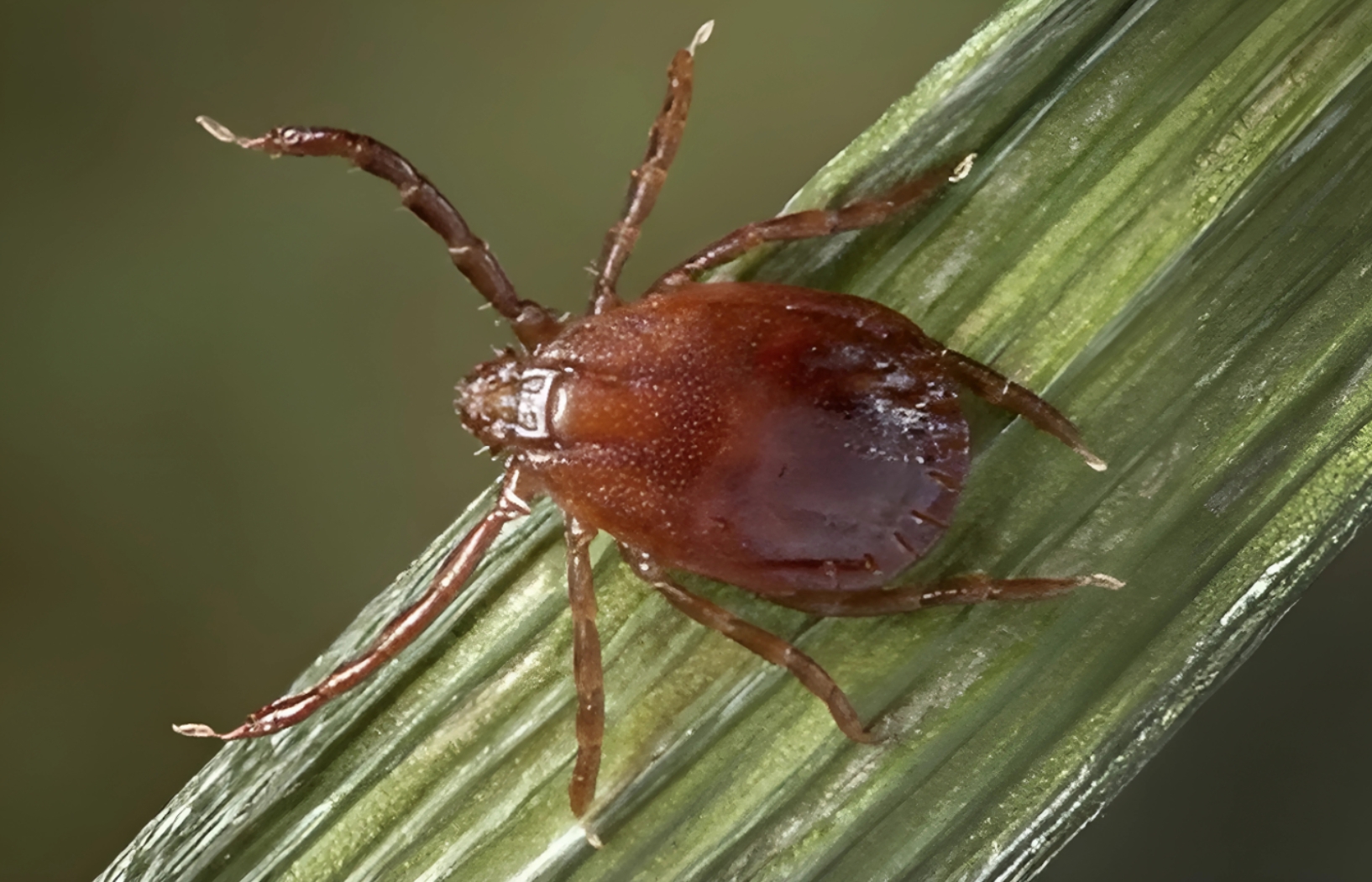AB Direct - Steers
Rail: 500.00 del
AB Direct - Heifers
Rail: 500.00 del
US Trade- Steers
Rail: 360.50 (IA)
US Trade - Heifers
Rail: 360.50 (IA)
Canadian Dollar
0.07

Theileria and the Asian Longhorned Tick: A growing concern for cattle
Canadian cattle herds are currently free of the Asian Longhorned Tick (ALHT) and the parasite it can carry, Theileria orientalis ikeda. But with the tick spreading across more than 20 U.S. states, experts say it’s only a matter of time before it could reach Canada.
Producers should be aware, watchful and prepared, says Karin Schmid, Beef Production and Extension Lead with Alberta Beef Producers.
“While our winter climate would probably limit widespread establishment of ALHT, if it were to enter Canada, even for a brief period of time, there are both human and animal implications.”
Here’s a rundown on what you need to know:
The tick
ALHT is a tick that can reproduce asexually, allowing a single tick to establish a population very quickly. The tick carries the Theileria parasite, which infects red and white blood cells and can cause anemia, weakness, and lethargy in cattle. Young calves, pregnant cows, and stressed or naive animals are at the highest risk of developing clinical disease. Mortality during outbreaks has been reported at roughly 5 to 20 per cent in affected herds. There have also been reports of extreme blood loss in cattle if the tick infestation is heavy.
The transmission
Theileria transmission occurs mainly through tick bites and, to a lesser extent, through shared needles or potentially biting flies. Once infected, cattle can carry the parasite for life, though most recover without ongoing clinical signs. Herd management strategies that reduce stress, maintain animal health, and monitor for ticks can help mitigate the impact of Theileria if it arrives.
The U.S. experience
In the U.S., veterinarians and extension specialists report that most herds experience minimal long-term production impacts. The greatest concern is for naive animals introduced to endemic areas, as well as managing tick populations on pastures. Approaches used in affected U.S. herds include pasture rotation, controlled burning, mowing, careful use of insecticides, and tick-targeted vaccines that are available for multiple species including ALHT.
Keys for Canada
No vaccines for ticks are currently approved for use in Canada. As the ALHT continues its northward spread, awareness and proactive management will be key for Canadian producers to minimize risk and maintain herd health, says Schmid.
Canadian producers are advised to maintain good biosecurity practices, avoid introducing infected animals, and work with veterinarians to monitor for any changes.
“As we see tick ranges expand, it is important to recognize the potential risk. If you notice ticks on your property, or any animals with symptoms out of the ordinary, have a conversation with your veterinarian to determine appropriate management. Precautions against ALHT would also be effective for other types of ticks that can carry diseases like anaplasmosis.”
Quick tips for beef producers: preparing for ALHT & Theileria
A good check-list includes the following, she says:
- Monitor regularly: Check pastures and cattle for ticks regularly, especially during warmer months. If ticks are a concern, develop a management plan with your veterinarian.
- Maintain herd health: Reduce stress, provide good nutrition, and monitor young, pregnant, or newly introduced animals closely.
- Pasture management: Rotate pastures, keep grass short, and consider controlled burning where safe and permitted.
- Use targeted treatments: (If necessary in the event ALHT becomes present) Ear tags, pour-ons, and approved insecticides can help control tick populations—avoid mass injections of ivermectin.
- Strengthen biosecurity: Avoid introducing animals from unknown or potentially infected herds.
- Stay informed: Follow updates from extension services and industry associations on emerging tick threats. (ABP Daily, for one, will be reporting any significant updates).
More ALHT resources are available from the Canadian Animal Health Surveillance System.



